Walk down any of Mumbai’s clangorous streets, and you’ll find push-carts, vendors, ramshackle stalls, and hawkers all splayed across its sidewalks. There are tea shop owners urging streams of sweet, milky tea into glasses, paan-walas folding candied fruit into betel leaves, typically taken as a digestive and palate cleanser. There are vendors of dosa (savory crackly crepes) lashing their dosa pans with oil, and juice sellers squeezing sugarcane through their cranky old juicers. Any visitor to Mumbai will see its lives are lived on the margins of its raucous, car-clogged roads.
Other than the Kolis, a fishing community long believed to have been the earliest inhabitants of the city, Mumbai has always been a city built by migrants from across India and beyond. Its street food is therefore a delicious mutation of hybrid cultural influences that resists any sort of tidy categorization. Take, for instance, the Mumbai sandwich—a Frankenstein creation that casts aside the delicacy of its English ancestry to create a tottering edifice of tomatoes, beetroot, green pepper, cucumber, potato, onion and chutney, precisely customised to each customer’s cravings. Or take the Tibb’s Frankie (a flaky paratha with a wash of egg painted over it, then draped around spiced pieces of chicken or mutton) that is rooted in the shawarma of Beirut, but filtered through an Indian lens. It’s all crossbred street food, prepared with a mere quicksilver flick of the wrist, but nonetheless brimming with complexity.
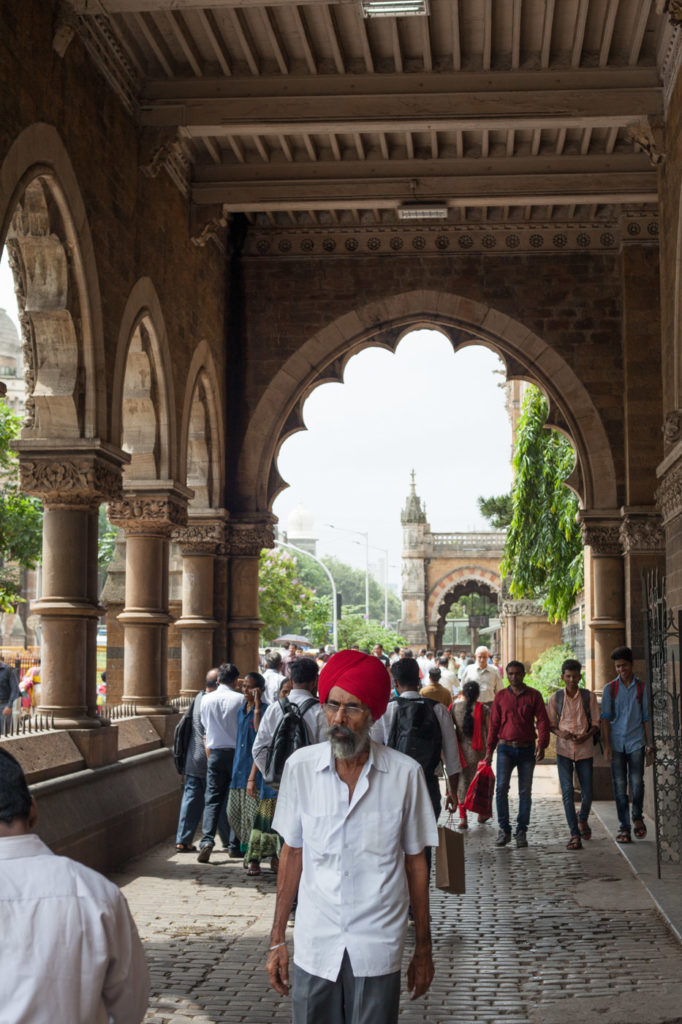
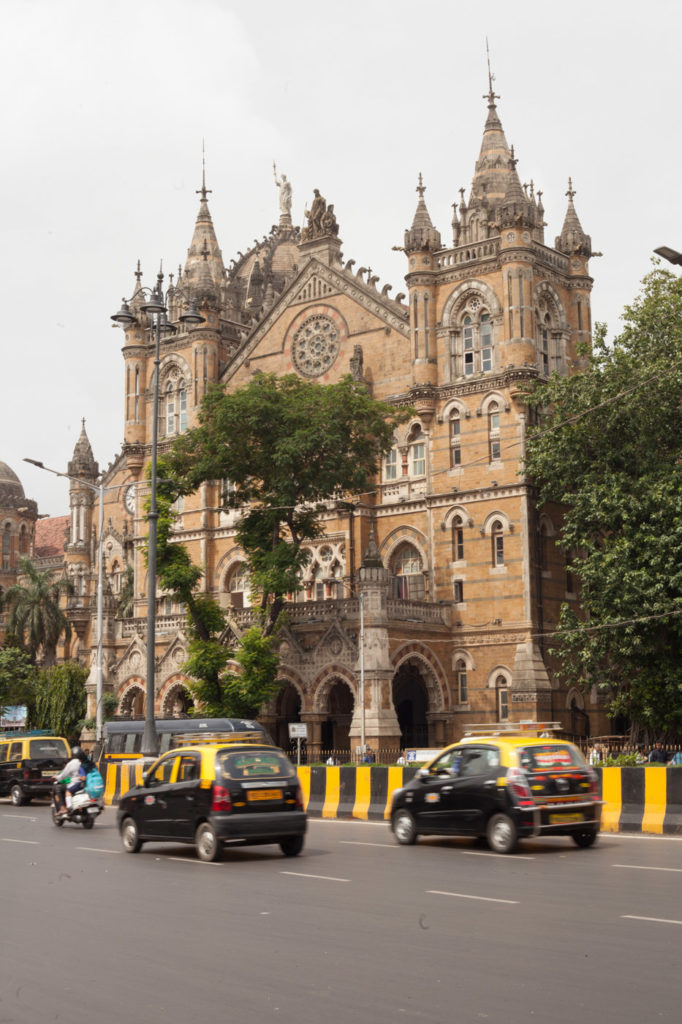
But Mumbai offers far more than street food (although for the staunch of stomach and stout of heart, it’s the best way to shoehorn yourself into a bewildering city). You could steer toward the opposite direction and find yourself in an alternate universe thick with eclectic restaurants—French-style bistros (the curiously-named Slink & Bardot), contemporary fine-dining (The Table), the new wave of Indian cooking (Bombay Canteen, O Pedro, Masque), and more. It could be daunting, but for those looking to condense Mumbai’s smorgasbord of food into one visit, here is a list of my favorite culinary experiences.
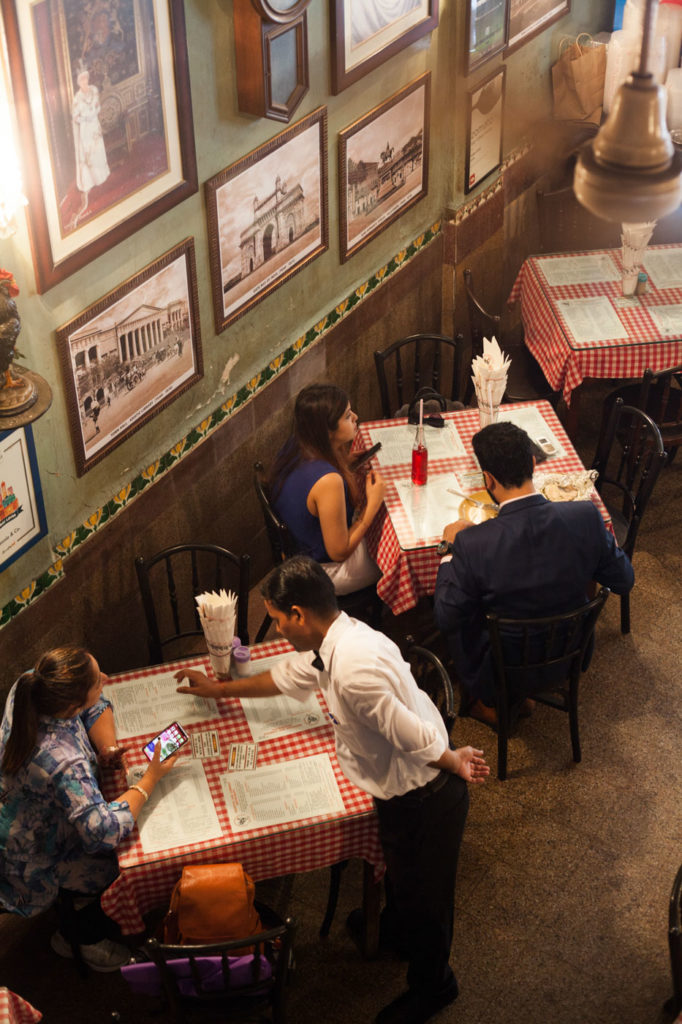
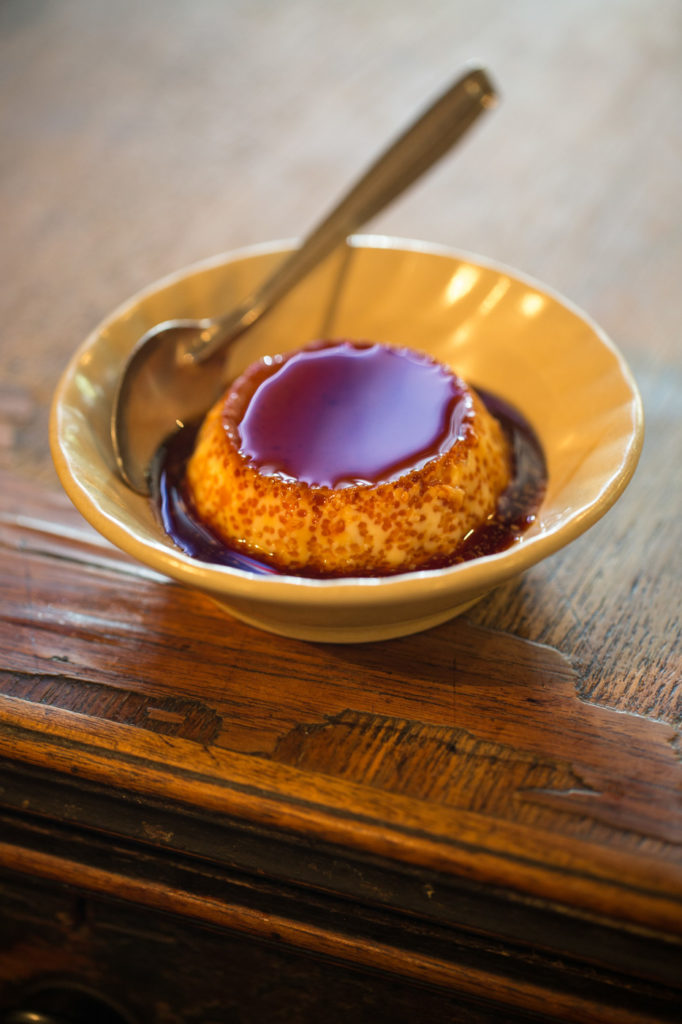
—
Britannia
Wakefield House, 11, Sport Road, 16 Ballard Estate, Opp New Custom House
Irani cafes like Britannia are usually identifiable at a single glance—tableaux of a forgotten world, with peeling wallpaper, checkered tablecloths, and bentwood chairs. At Britannia, which is nearly a century old, there is no air-conditioning. Old fans churning the sluggish, soupy air, while a poster of William and Kate keeps vigil over the tables (the elderly owners are famously admirers of the British royal family).
The menu is abundant, but Britannia is most famous for its beri pulao (chicken or mutton gravy under a bed of fragrant white rice brightened with a calculus of sour Iranian cherries), plump fried bombil fish, and wibbly wobbly caramel custard.
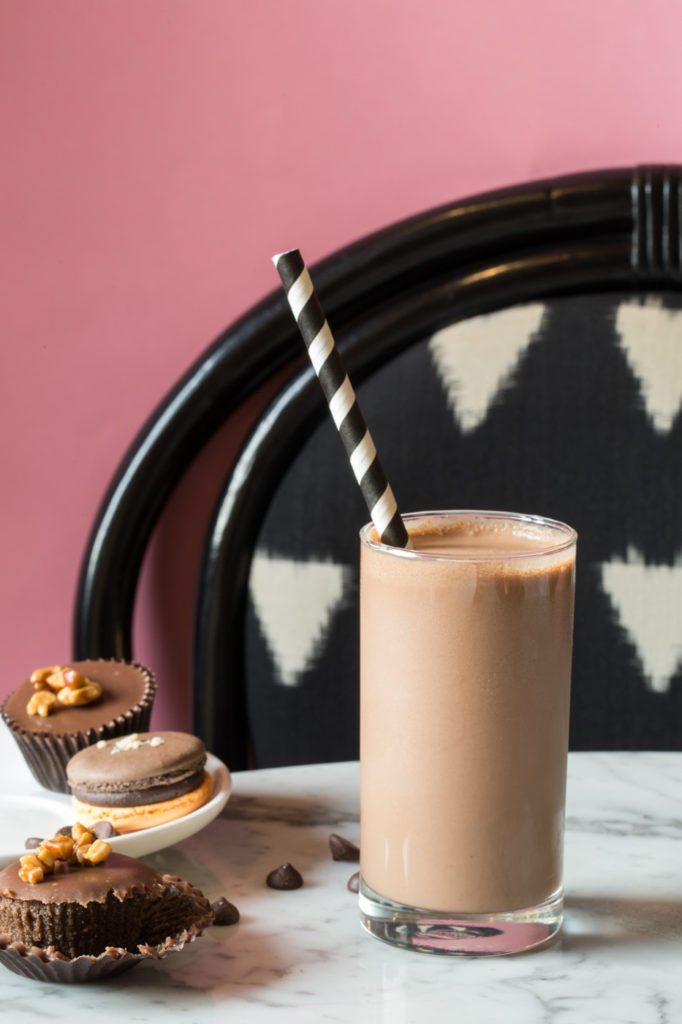
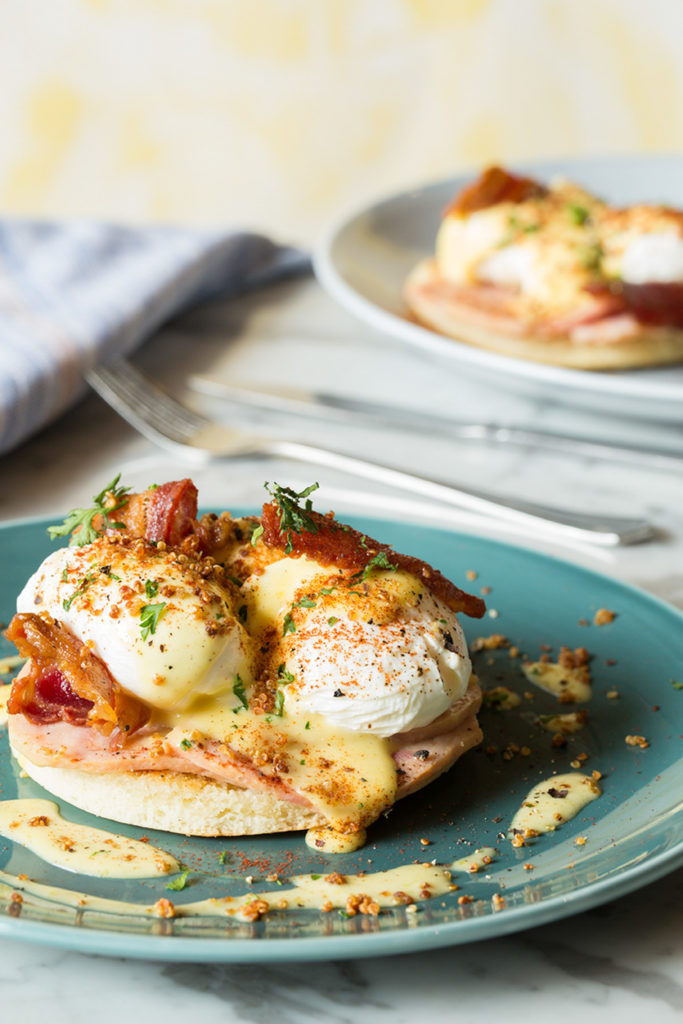
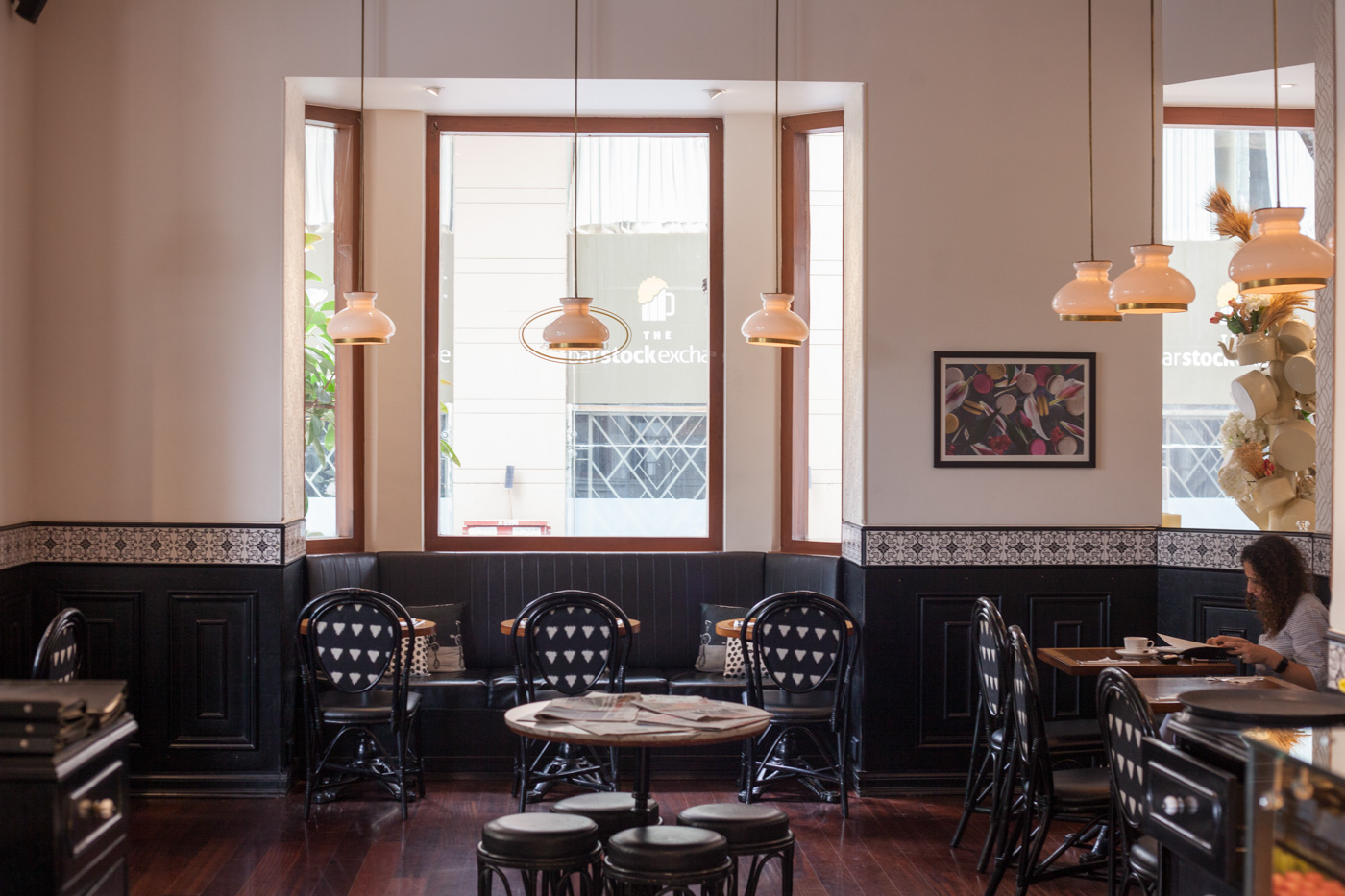
—
Le15 Cafe
Lansdowne House, MB Marg, Near Apollo Hotel, Opposite Lings, Pavillion, Colaba
At Le15 Cafe, chefs Pooja Dhingra and Colombian-born, French-trained Pablo Naranjo Agular have devised a succinct menu with French inflections. Think croissants spangled with daubs of ham and cheese, Croque Madames and Monsieurs, and tartines. But it’s the desserts that are truly sui generis. Each one has a French name: Lucie, a glossy chocolate-caramel tart; Marie, an opera cake with ribs of sponge, coffee buttercream, and chocolate ganache; Justina, a babka painted with whorls of chocolate. It’s the perfect melding of decadence and technical virtuosity.
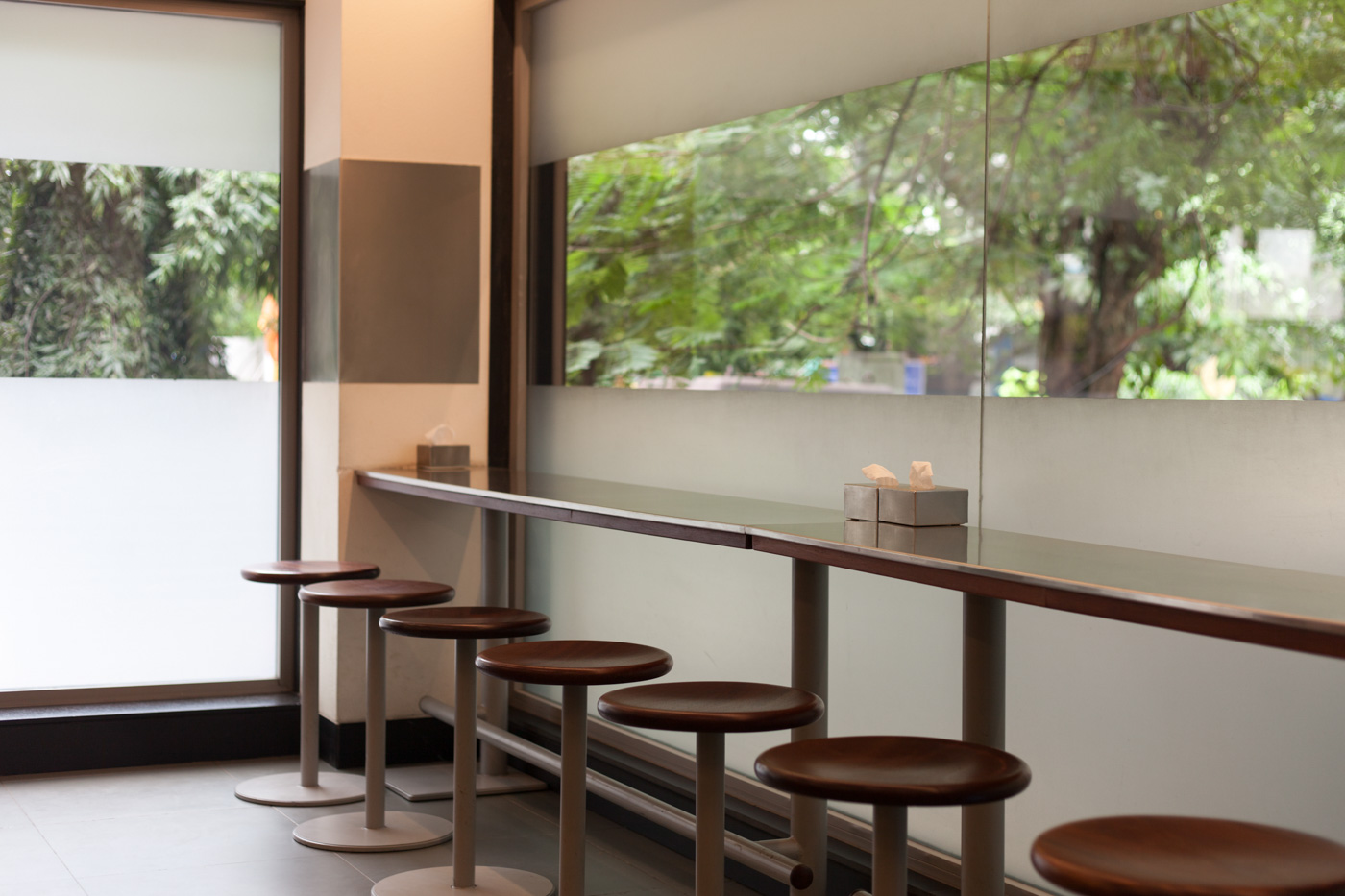
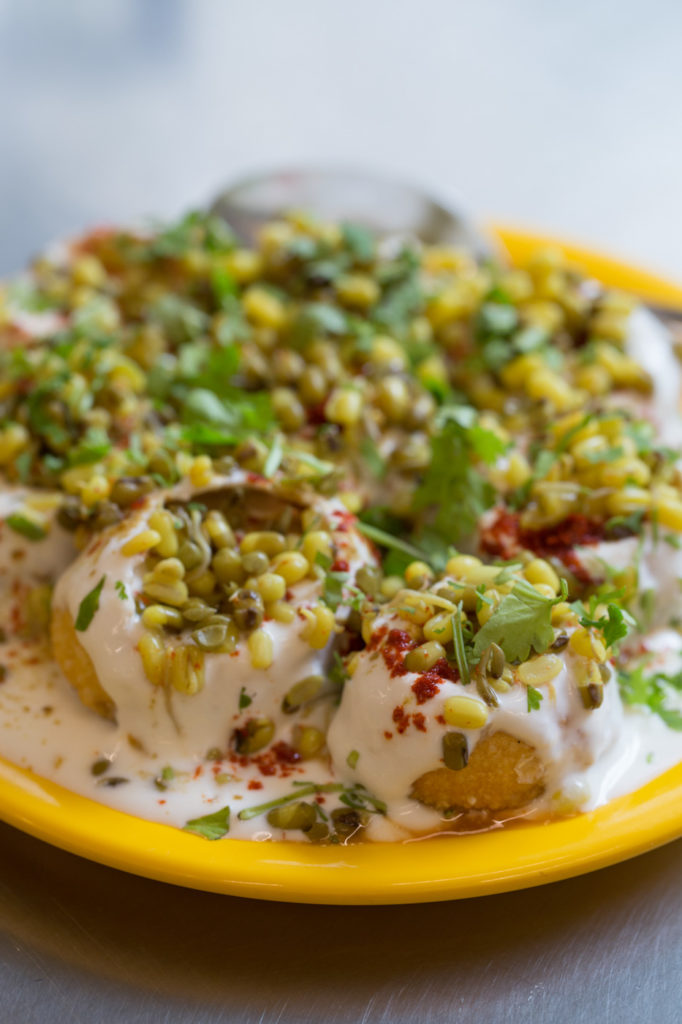
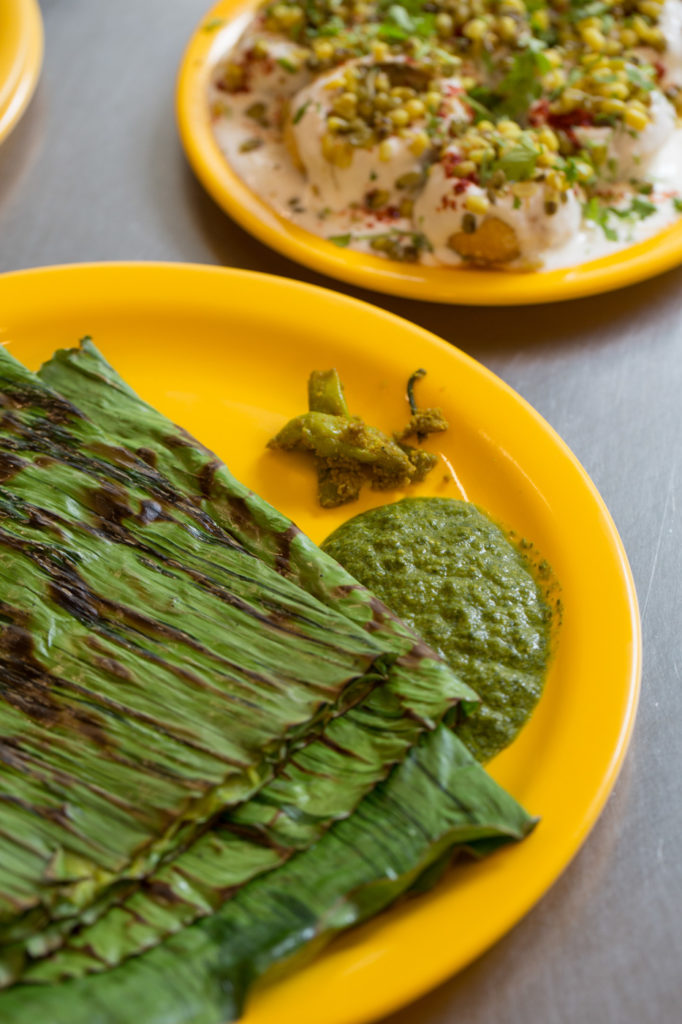
—
Swati
Karai Estate, Javji Dadaji Marg, Opp Bhatia Hospital, Tardeo
A kilometer or two from Colaba Causeway lies Swati Snacks, a Mumbai stalwart and a great place to try the city’s street food in air-conditioned, canteen-style environs. Most popular are its ubiquitous chaat dishes—a glorious hodgepodge of crunchy, creamy, spicy, sweet dishes such as bhel puri (potatoes, onions, puffed rice, and sweet, sour and spicy chutneys spooned over it, with a sprinkle of sev—hair-thin strands of fried chickpea flour—on top), dahi puri, and sev batata puri.
I also recommend walking down to the clot of chaat sellers thronging Chowpatty Beach. This is how bhel is meant to be eaten—on a molten summer evening on the beach, with a wisp of warm breeze running through your hair.
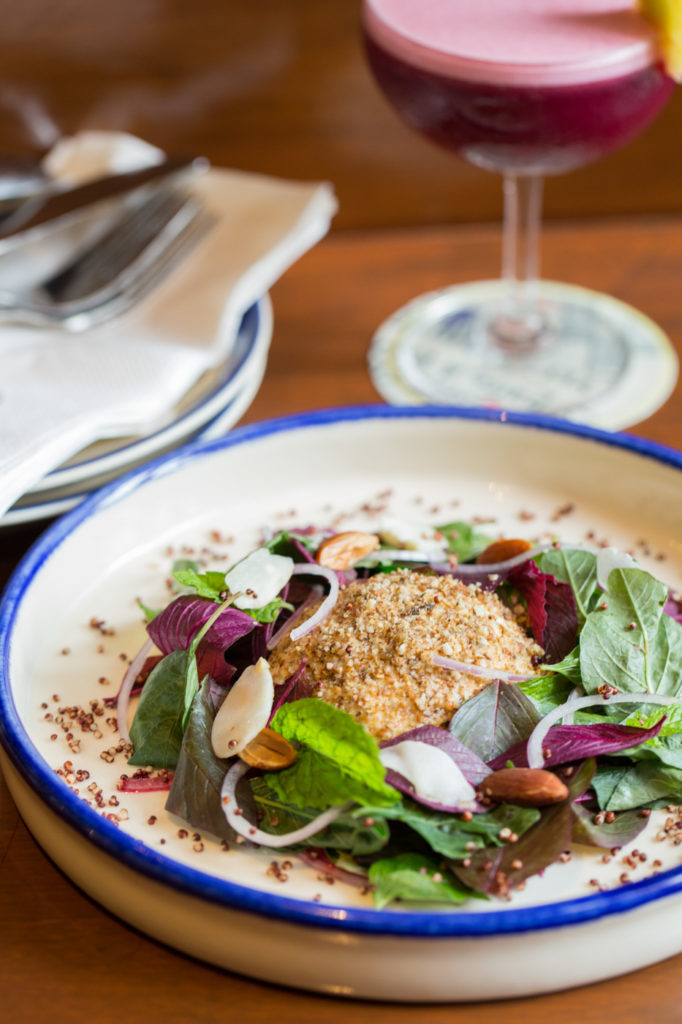
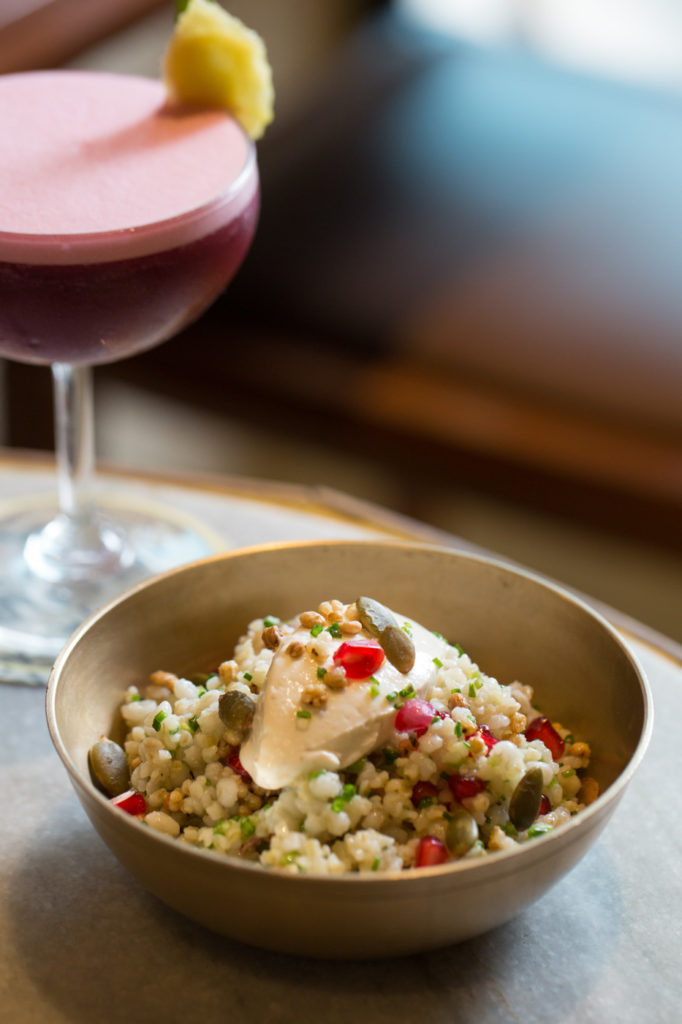
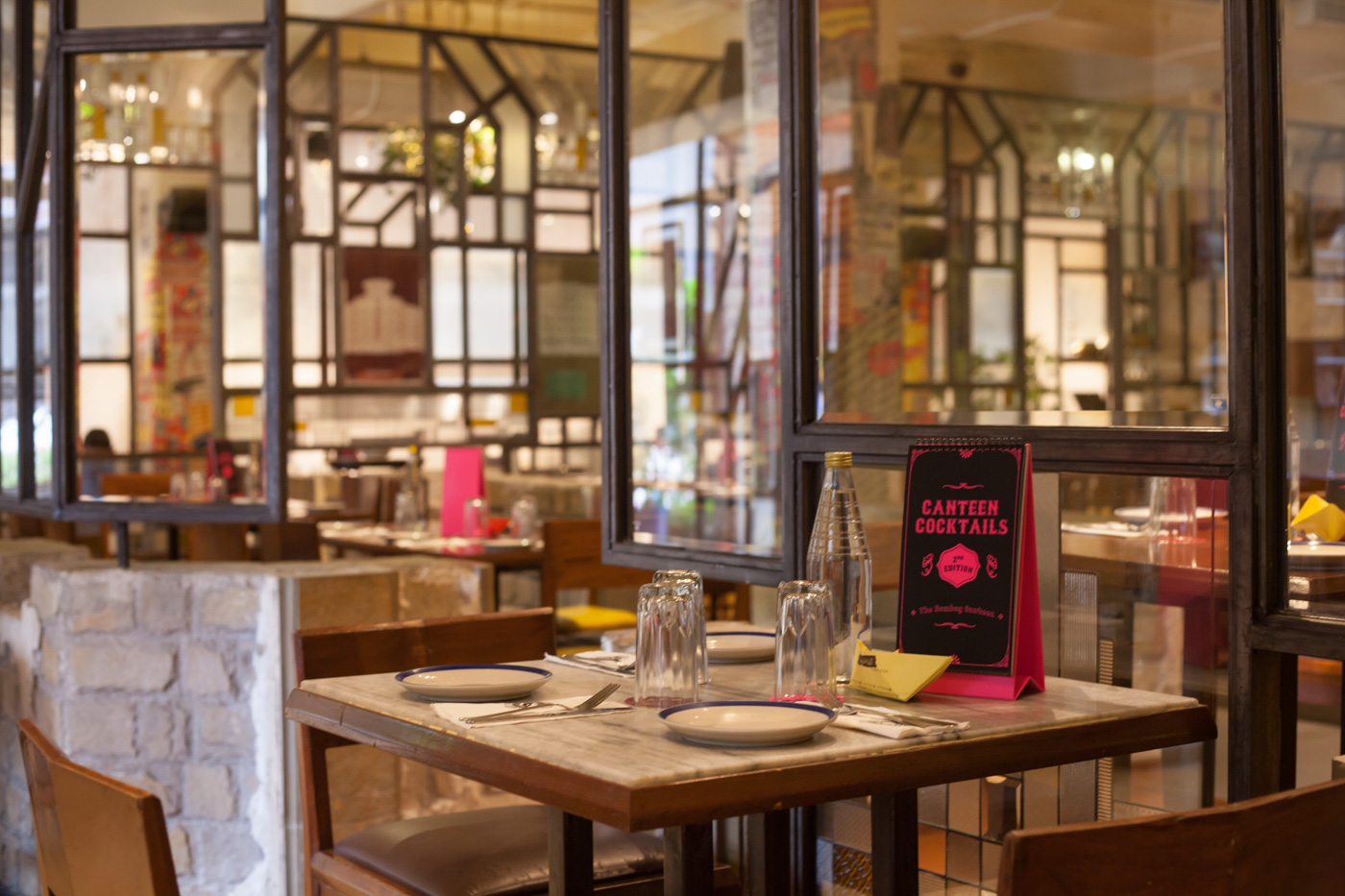
—
Bombay Canteen
Unit-1, Process House, S.B. Road, Kamala Mills, Near Radio Mirchi Office Lower, Parel
A meal at Bombay Canteen is an excellent way to shoehorn your way into the extraordinary smorgasbord of cuisines that India has to offer. Culinary director Floyd Cardoz and Executive Chef Thomas Cardoz sprinkle their fairy dust on local, seasonal ingredients that are still uncommon in mainstream Indian restaurants, shaping them into exuberant, idiosyncratic dishes. For instance, a superb salad with topli paneer as its bedrock, a mantle of ruby-tinted amaranth leaves, crusted with almonds and water chestnuts, and drawing its gentle toffee sweetness from beetroot.
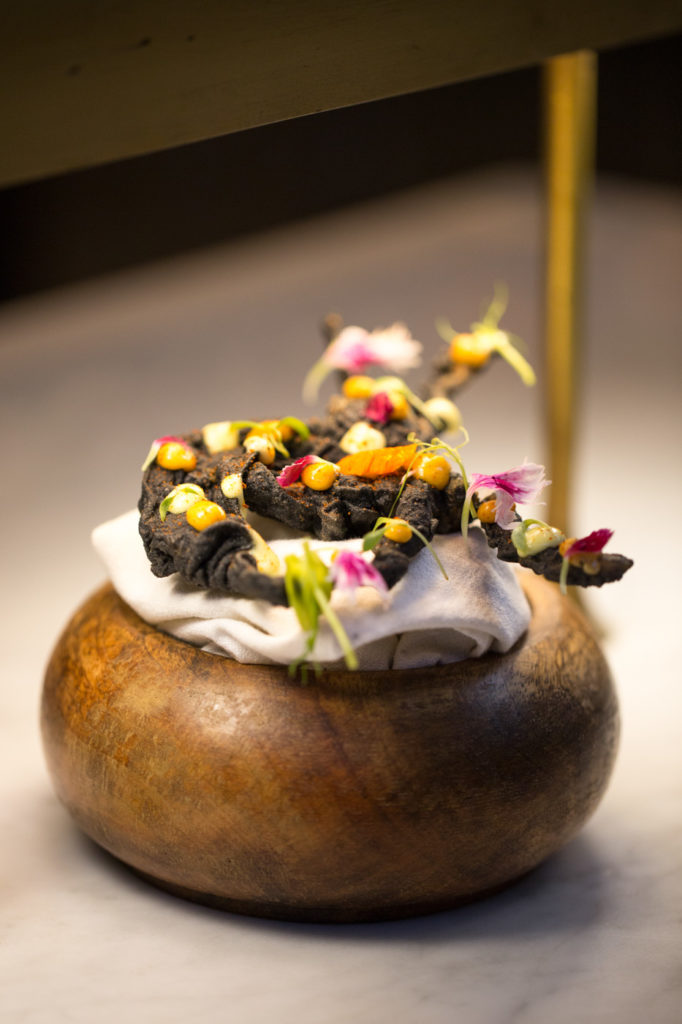
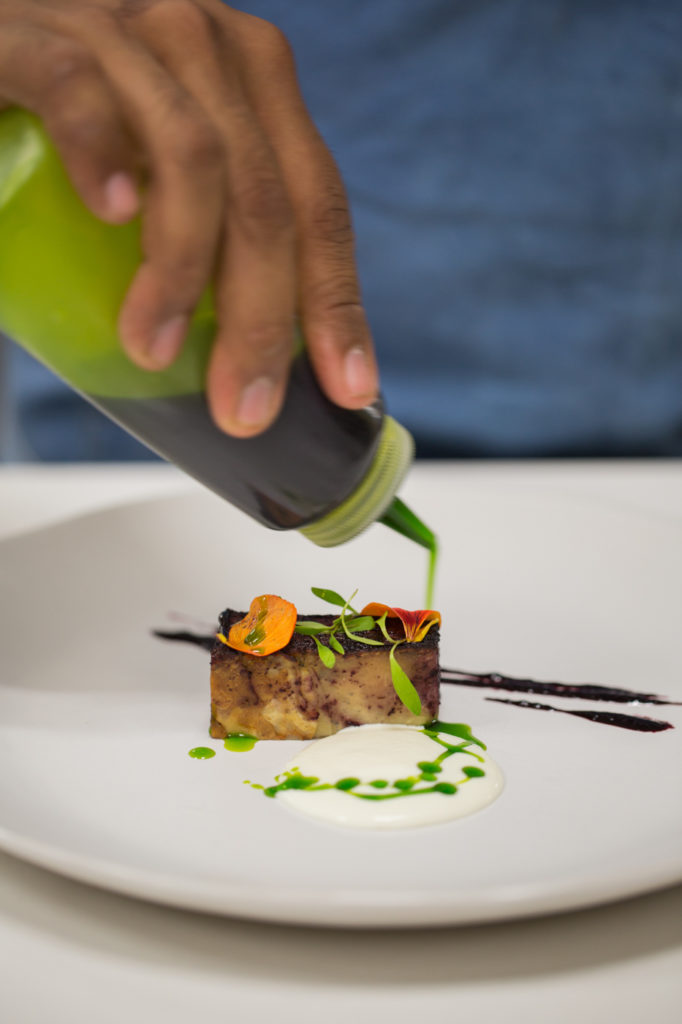
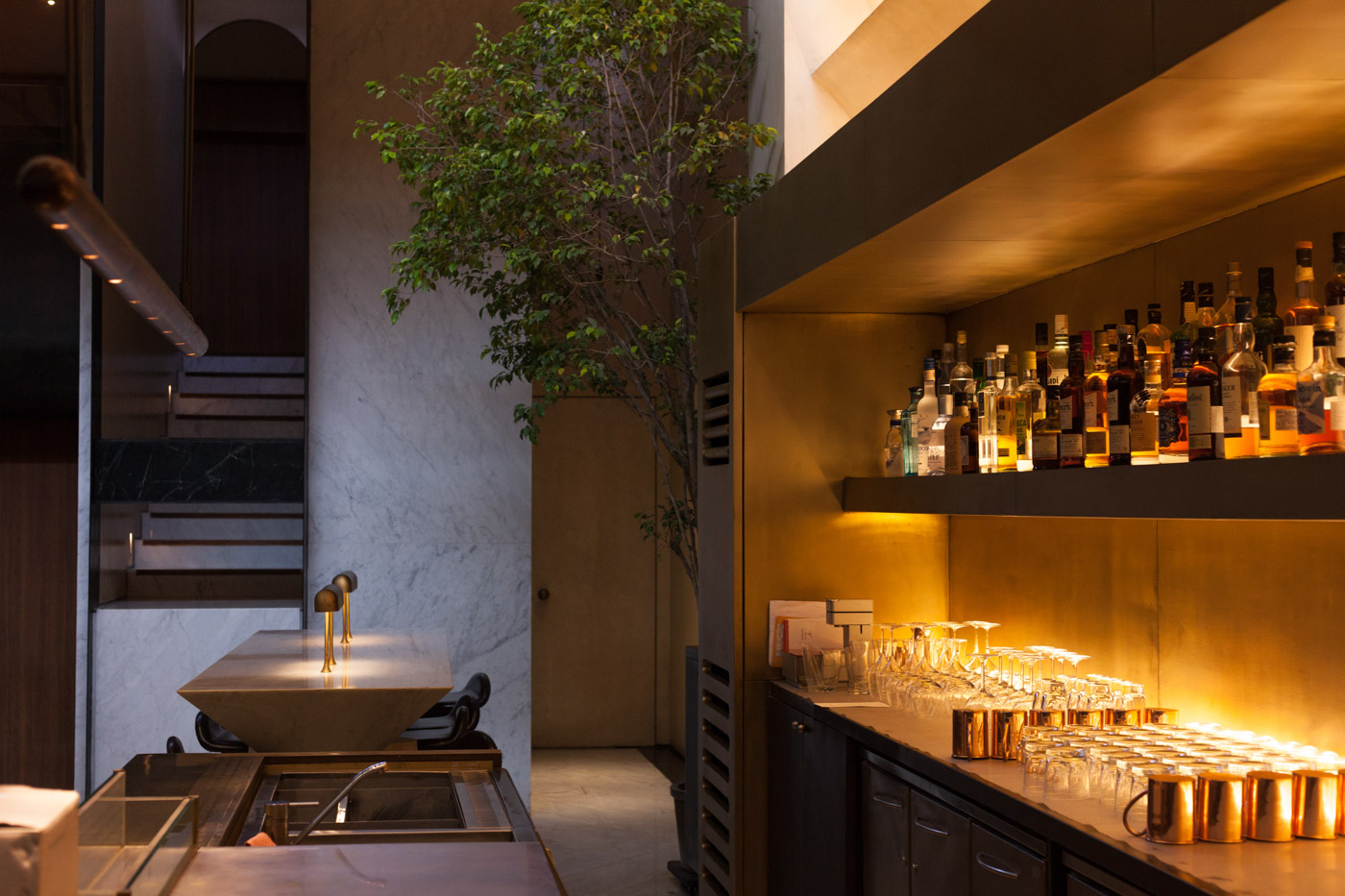
—
Masque
Laxmi Woollen Mill, Shakti Mills Lane, Off Dr. E Moses Road, Mahalaxmi
Masque may be tucked away in the scrum of Mahalaxmi’s lanes, but the hunt is well worth it for its slanted renditions of a complex cuisine. It shatters the misconception of a monolithic Indian culinary culture made of spicy curries and tandoori chicken: Executive Chef Prateek Sadhu, together with owner Aditi Dugar scour the country for indigenous ingredients (focusing on the wilderness of the mountainous north) that are then poured into elegant, lucent tasting menus.
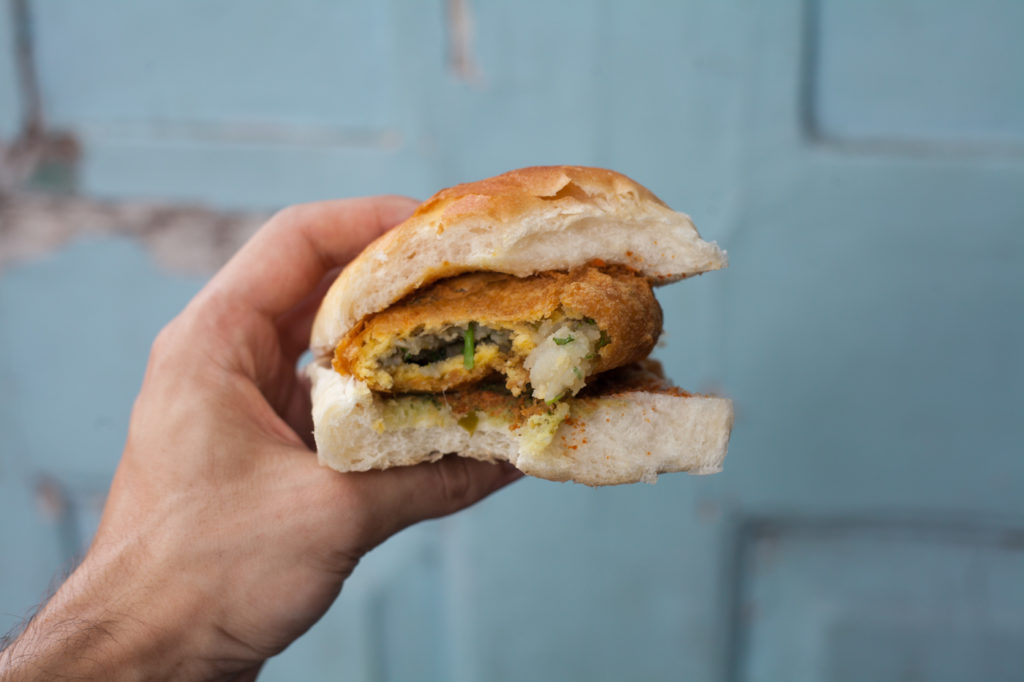
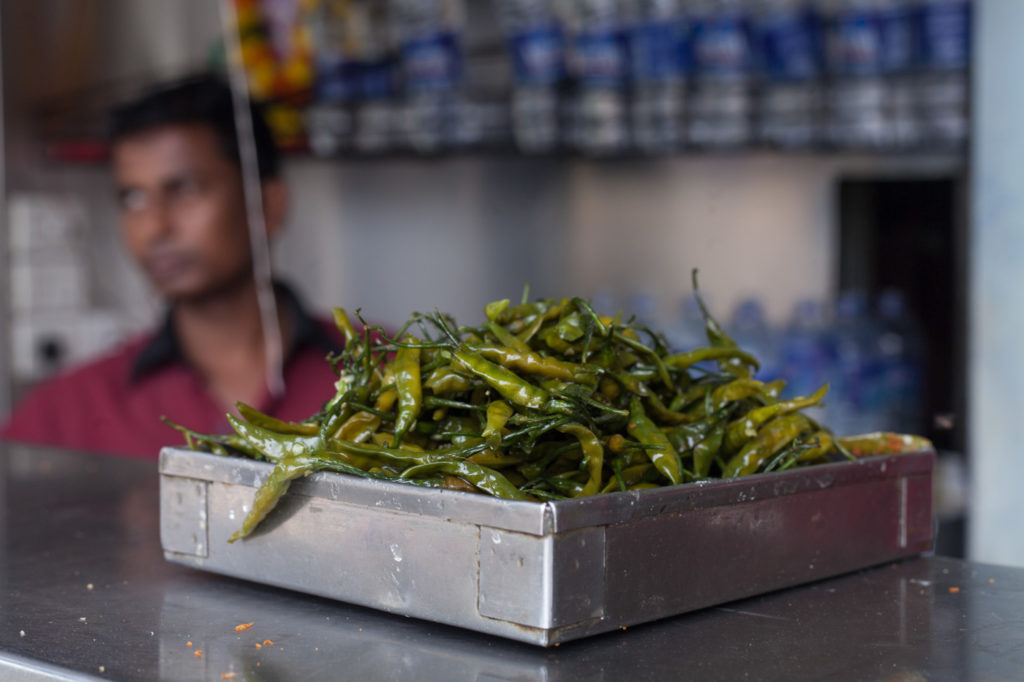
—
Aram
126 Capital Cinema Building, Doctor Dadabhai Naoroji Road, Azad Maidan, Fort
The headliner at this barebones, takeaway street-side stall is the vada pao—a spiced, swollen potato fritter stuffed into a puffy loaf of pao. Invented by Ashok Vaidya, a street vendor, in the 1960s, the snack was later co-opted by the Shiv Sena, a right-wing political party as the ideal example of a home-grown snack; ironic, since the pao most likely came via the Portuguese, and the potato from the South American Andean region via the English. It is perhaps Mumbai’s most potent culinary metonym.
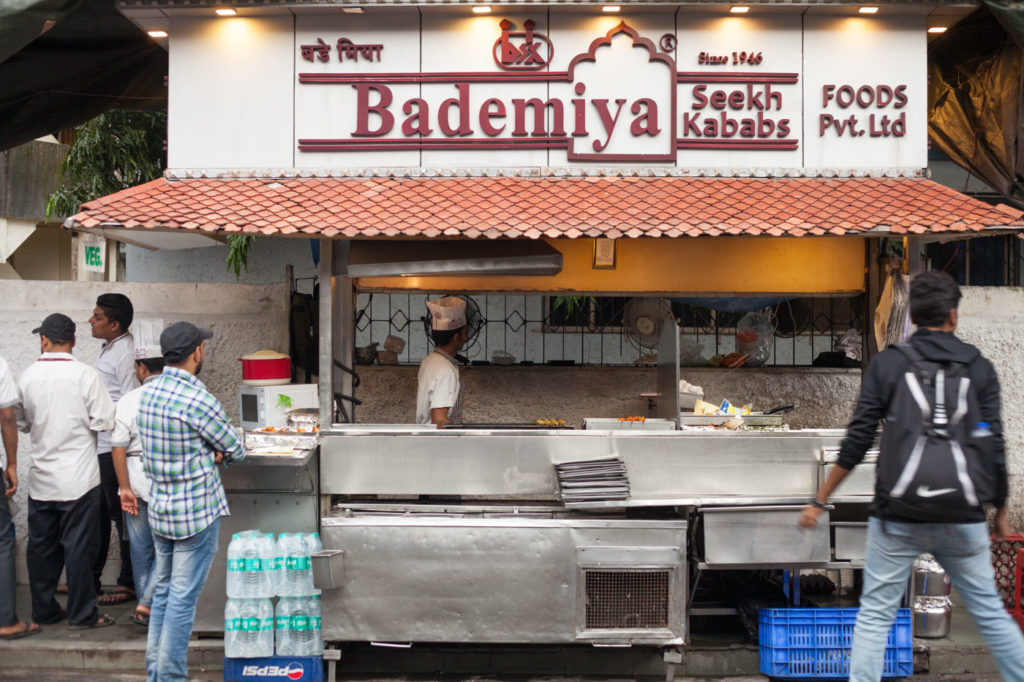
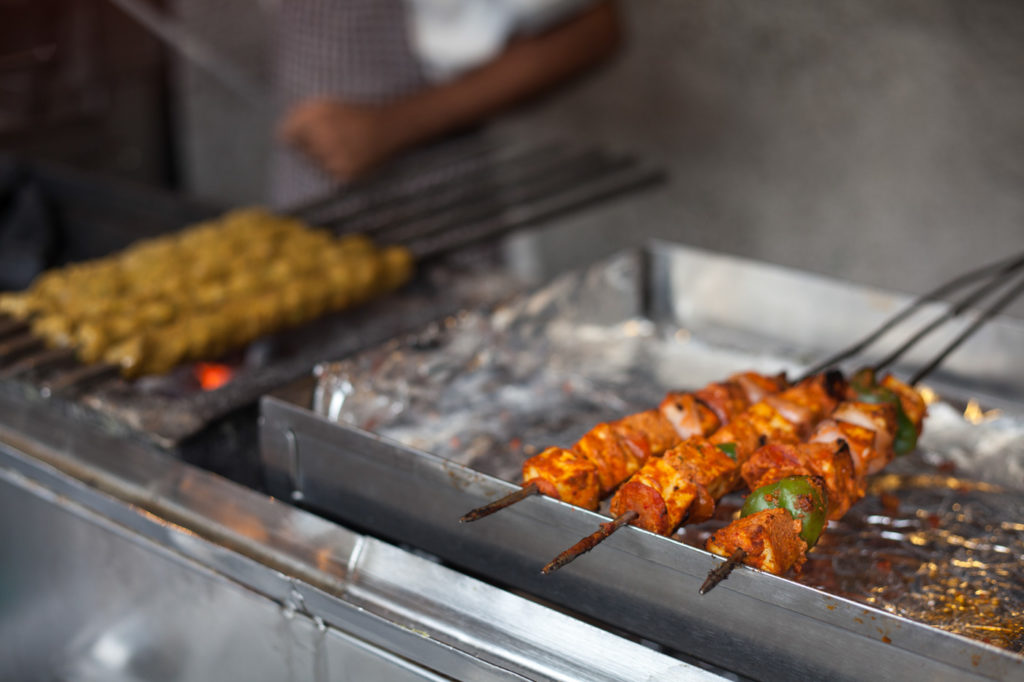
—
Bademiya
Tulloch Road, Apollo Bunder, Colaba
Bademiya is a miniscule storefront in the heart of touristy Colaba, offering a vast range of chicken and mutton kebabs. Order the mutton seekh—juicy ground meat threaded with spice and rolled into cylinders, then charred on the grill. Or get the chicken baida roti—minced chicken folded into roti, flayed with egg, and toasted on a tawa.
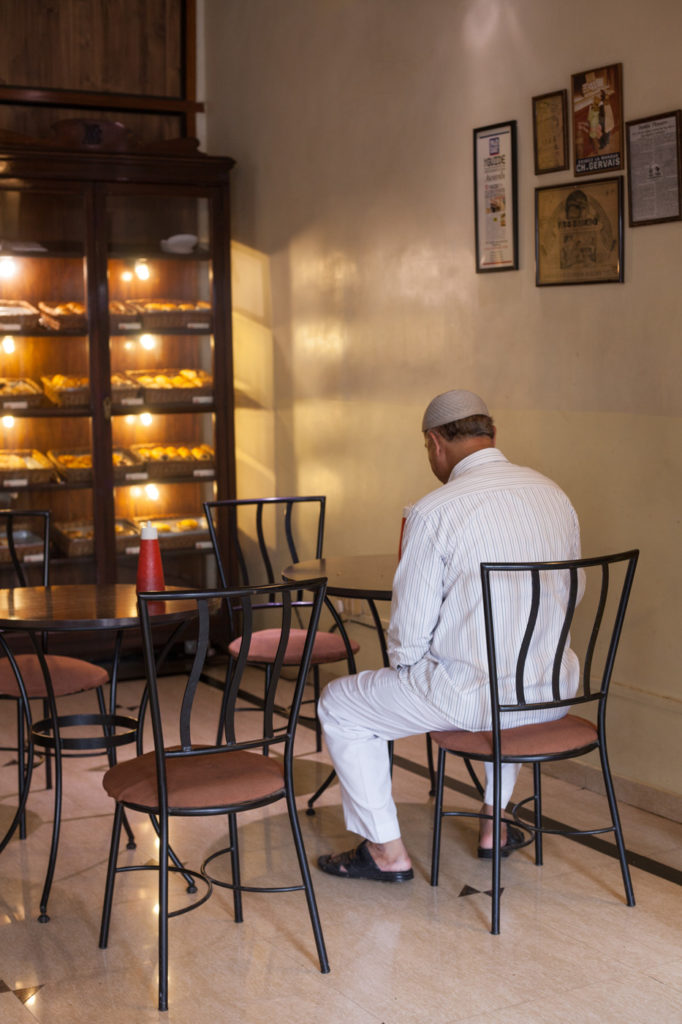
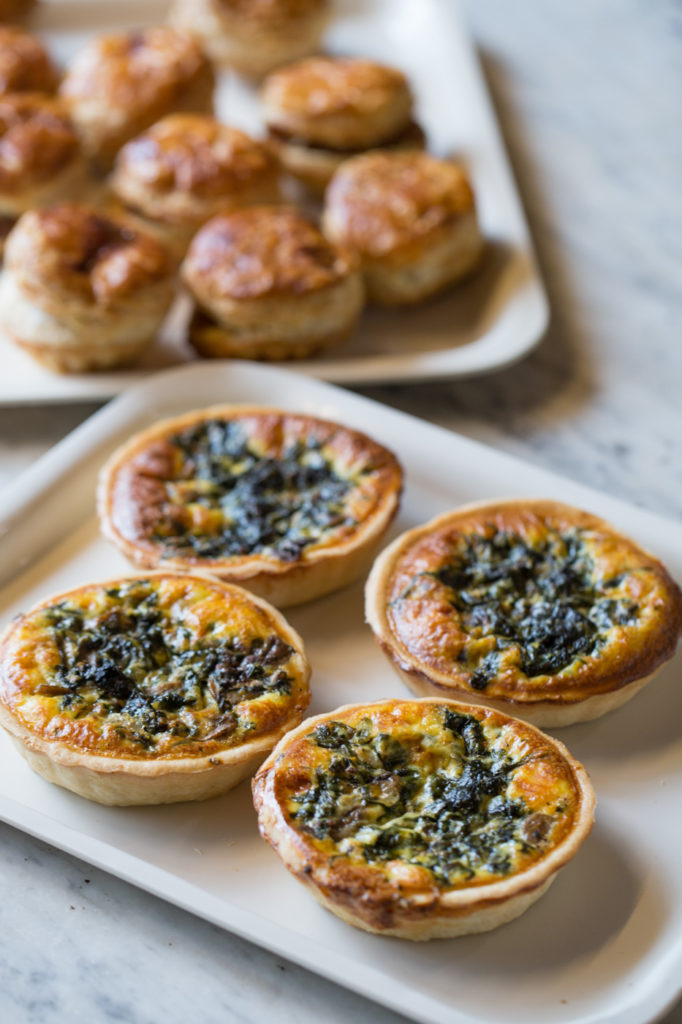
—
American Express Bakery
AEB House, 66 A. Mirza Galib Marg, Ashadham Colony, Byculla
On the menu of American Express Bakery, established in 1908, is a whole litany of breads and baked goods: golden-domed French loaves; gilded croissants, flaking and fissuring; lofty meat puffs and pattices, their bellies filled with creamy chicken or mutton; old-fashioned almond-laced macaroons, with a hint of sweetness. The Bakery has two outlets (in Bandra and Byculla), but the one in Byculla has an ineffably charming little cafe round the back.
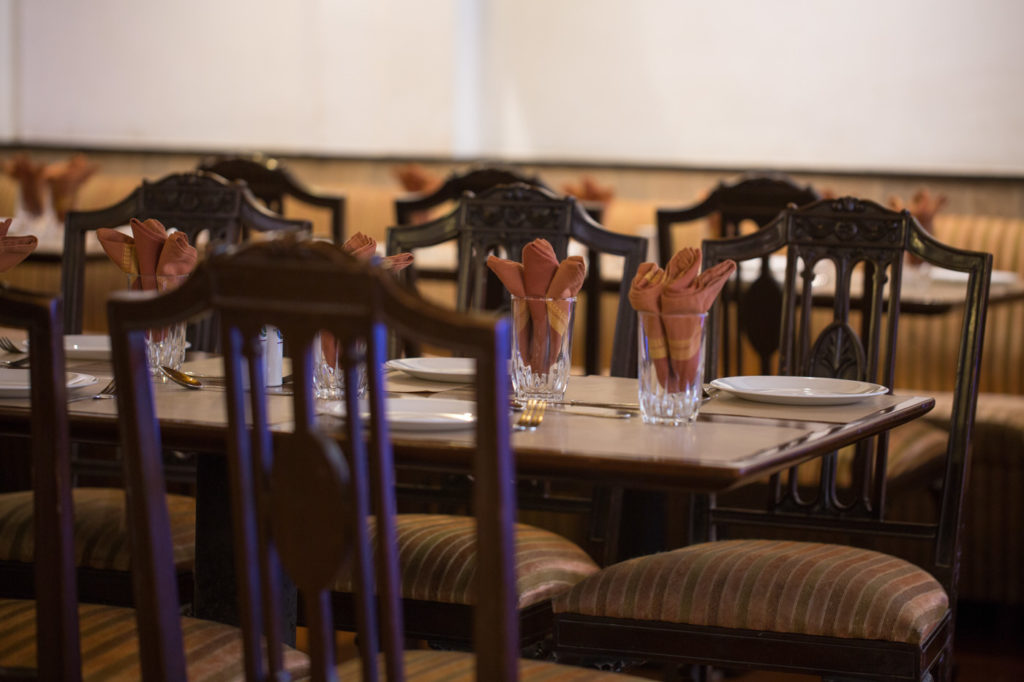
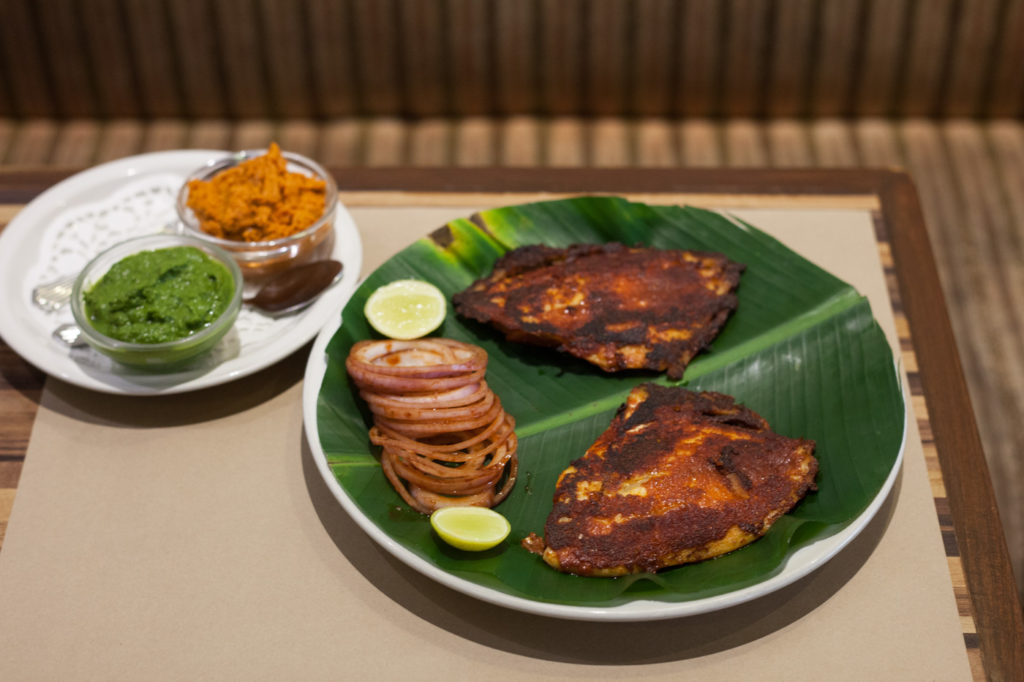
—
Ankur: The Seafood Bistro
77, Meadows House, M Shetty Marg, Kala Ghoda, Fort
Given Mumbai’s proximity to the coast, it’s no wonder the city is pocked with excellent seafood restaurants. One such is Ankur. Don’t be put off by its odd decor—it seems to have been designed as a faux ski chalet—but instead steer your attention toward the Bombil Fish Fry, crisped by a bath in bubbling oil, or the clams sukka (spicy mess of clams fried with coconut) mopped up with gossamer thin neer dosa (rice flatbreads).
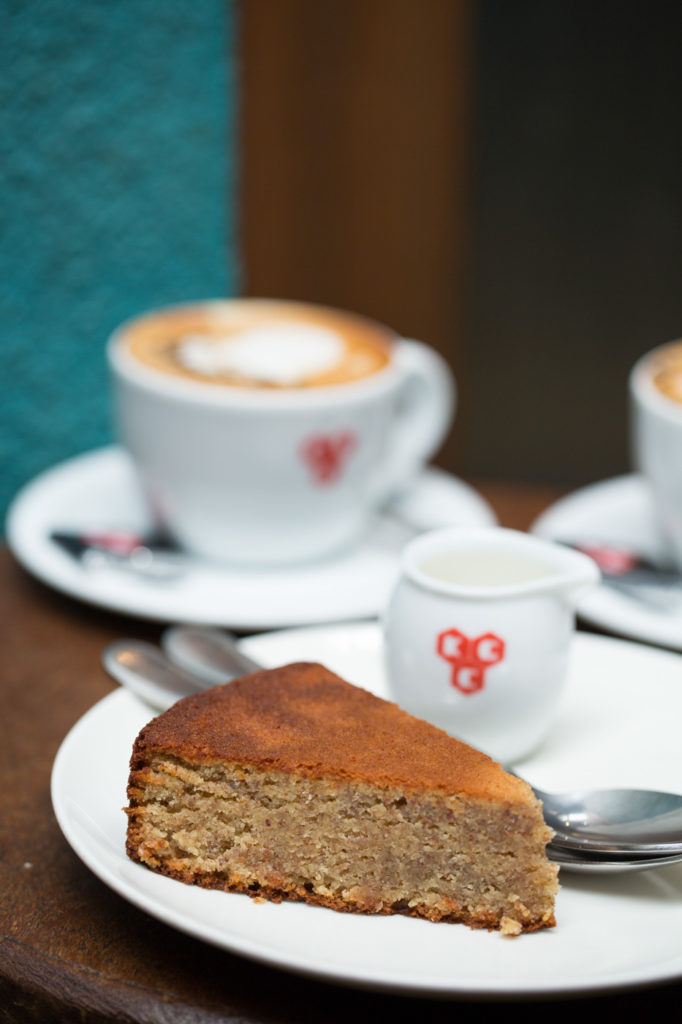
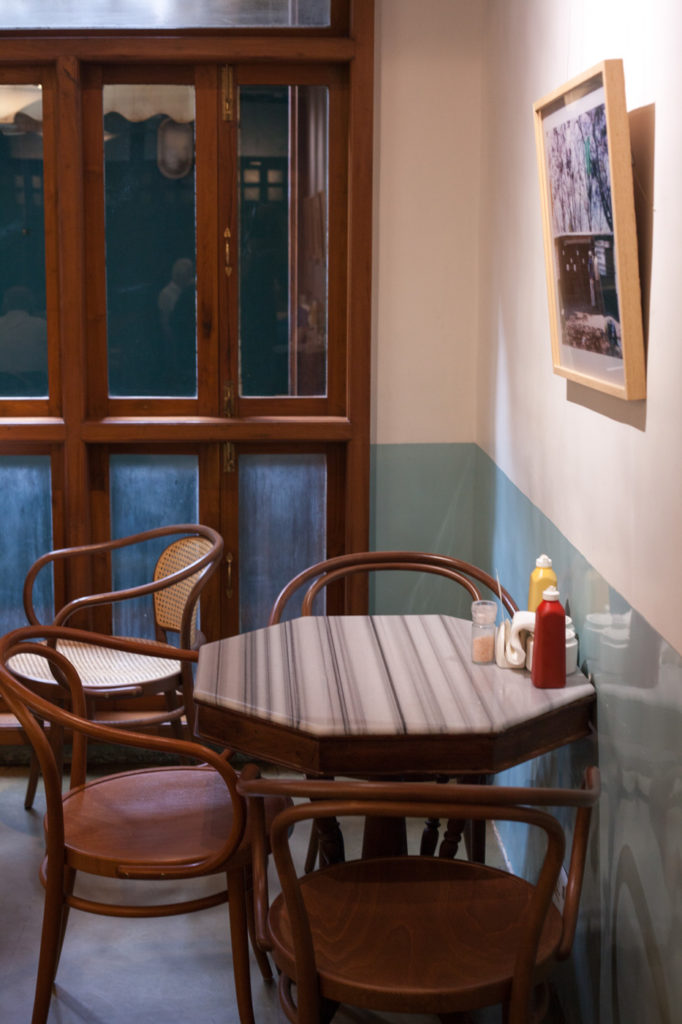
—
Kala Ghoda Cafe
10, Ropewalk Lane, Kala Ghoda, Fort
Kala Ghoda Cafe started out as a tight, whitewashed room with a handful of tables, later spilling over into a larger space at the back, and has further broadened its ambitions by opening a shadowed back room into a wine bar. The food is consistently good, earnest and straightforward: cheese toast marbled with slits of chilli, fluffy, crumbly carrot cake; Caesar salad; airy omelettes with shards of ham—all anchored by excellent coffee and tea.





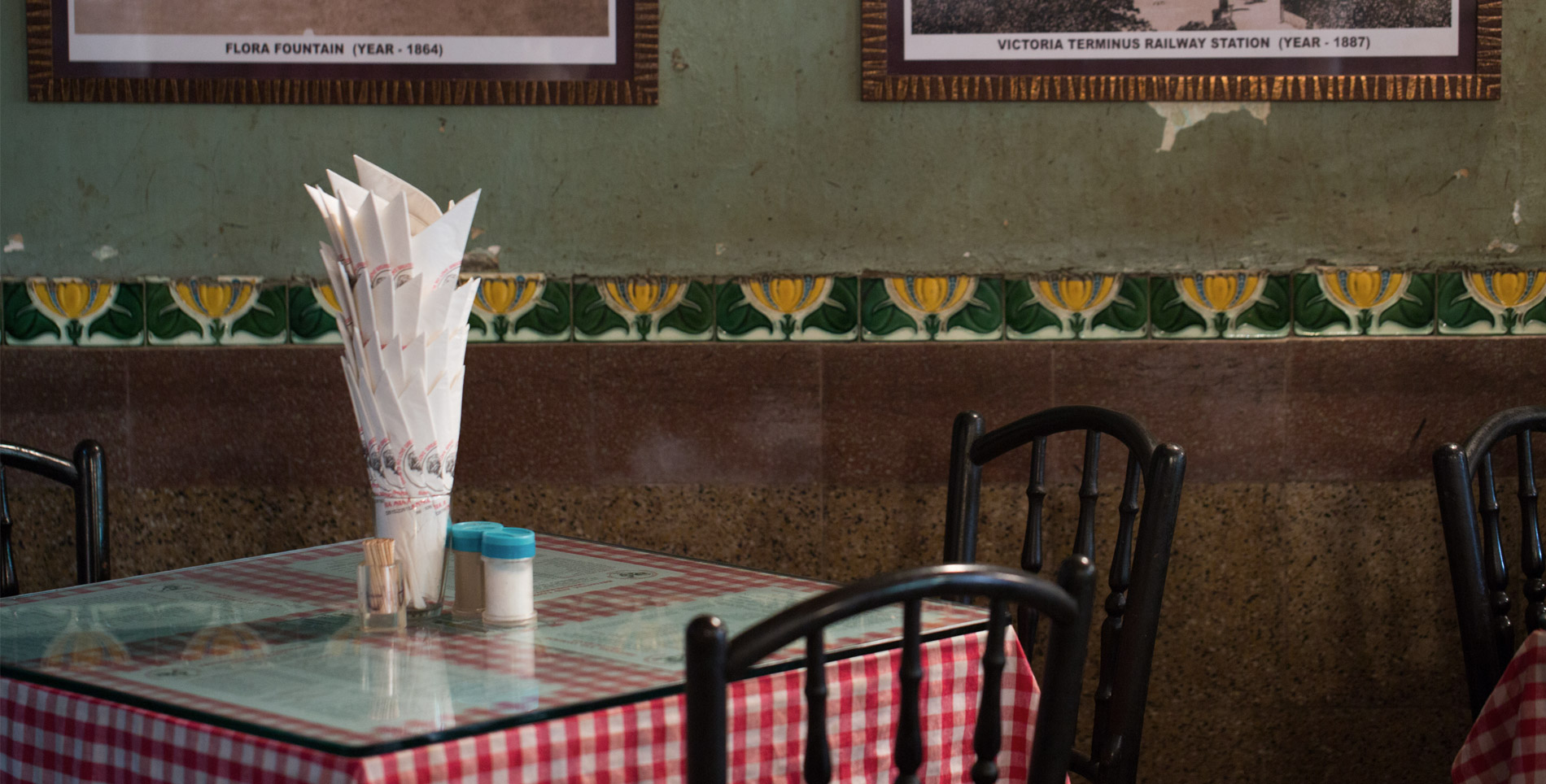

Our comments section is for members only.
Join today to gain exclusive access.